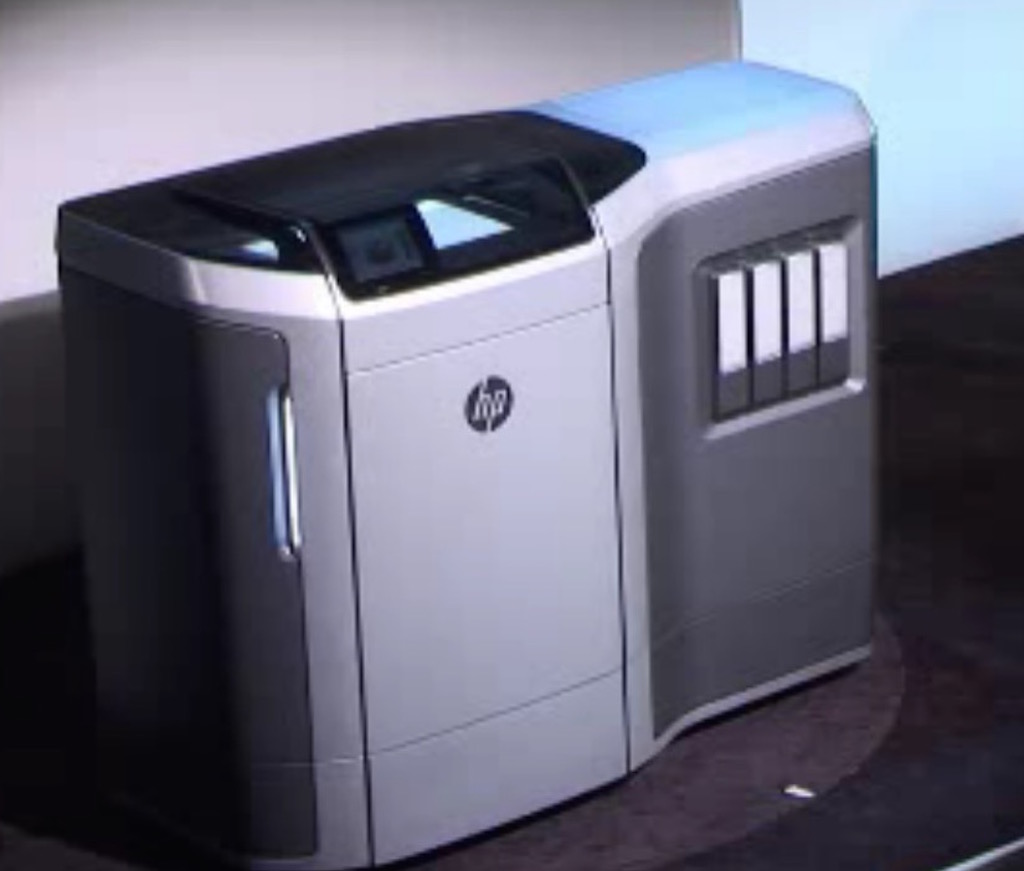
Finally, after literally years of speculation and rumor, HP took to a stage today and announced something about 3D printing.
There were two announcements, one of a new 3D printing process and the other regarding a 3D content creation tool. We’ll talk about the 3D printing process here and the tool in a subsequent post. But note – HP provided only a brief “peek” the 3D printing technology.
HP’s announcement began with statements confirming they intend to solve the “three core problems with 3D printing today: speed, cost and quality”. They say, correctly, that it’s difficult to get all three in a single print. So how do they intend to solve this dilemma?
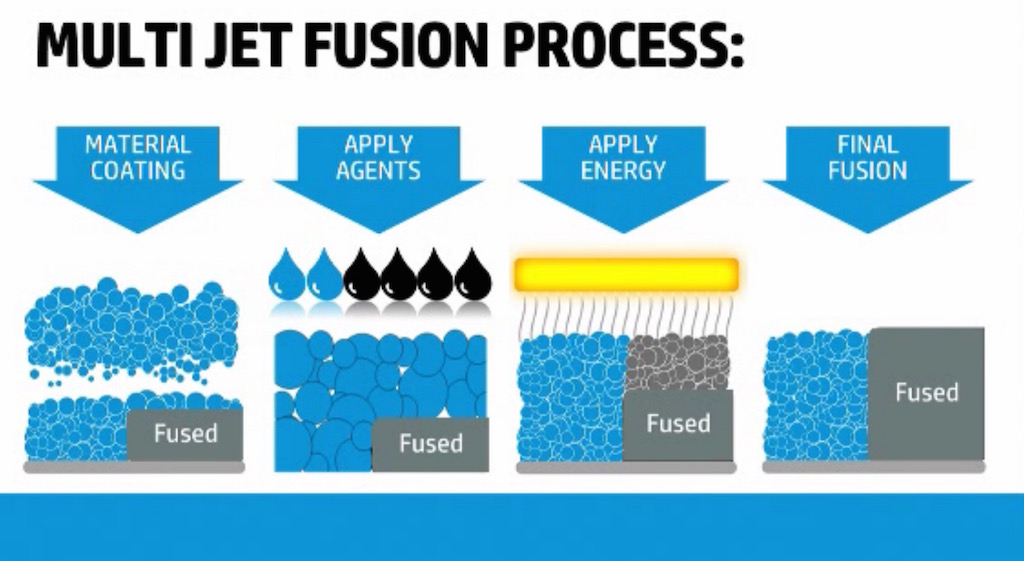
Their new 3D printing process is called “Multijet Fusion” and appears to be based on their super-fast printing technology, as we expected. This tech was originally developed for very high speed 2D paper printing, and involves coordinated “dropping” of zillions of microscopic ink drops. They’ve apparently adapted this process for 3D printing and call the new process “Multi Jet Fusion”. Yes, it’s been patented.
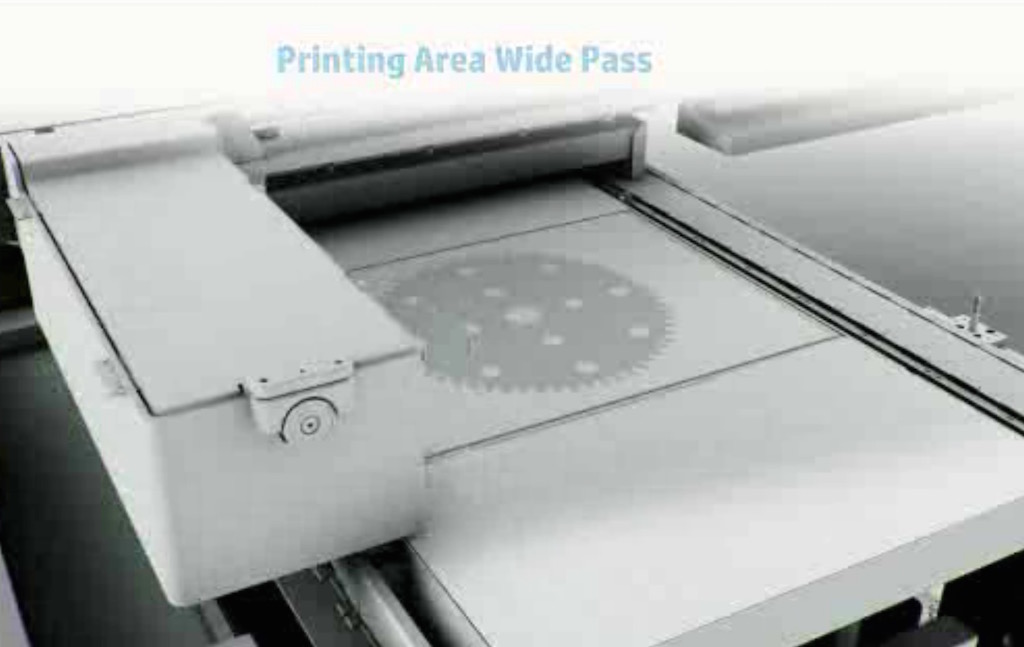
The process is powder-based, but uses the fast printing tech, now contained in a “print bar” that includes 30,000 microscopic print nozzles, capable of dropping a mind-numbing 350,000,000 drops per SECOND. These drops are 21 microns (0.021mm) in size. That creates an ability for high resolution prints. HP says this beats laser-based 3D printing, saying lasers shine 200-400 micron sized beams. However, they did not point out that Stratasys’ Connex technology can print at 16 microns.
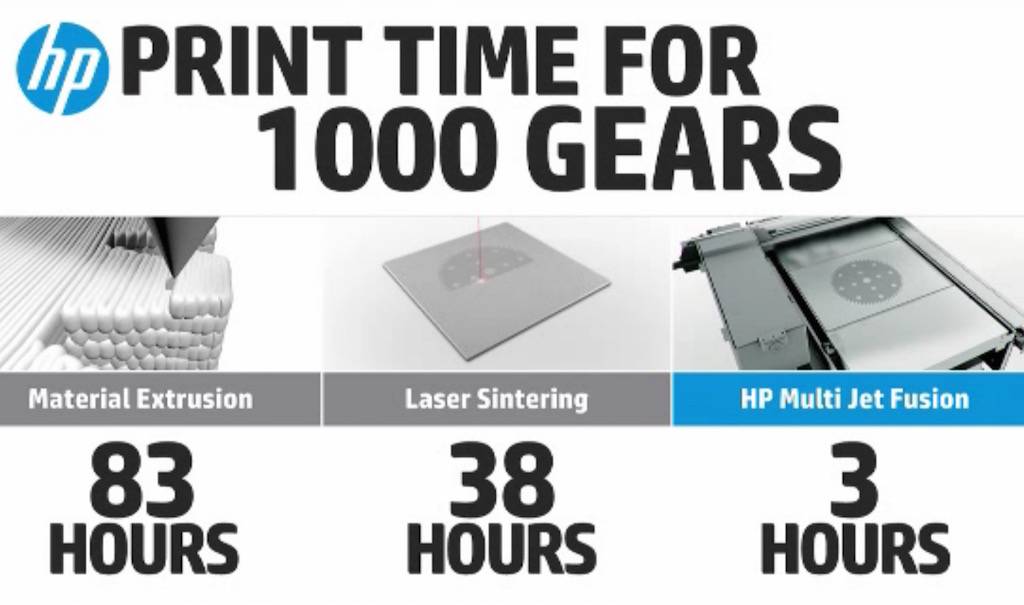
The print speed is rapid. A short video showed how the initial printer operates, sliding a layer of material in one direction, then running the print bar over the newly-laid material in a perpendicular direction. It was not clear if this video was actual speed, but if it was, it appeared to take only a second or two per printed layer.
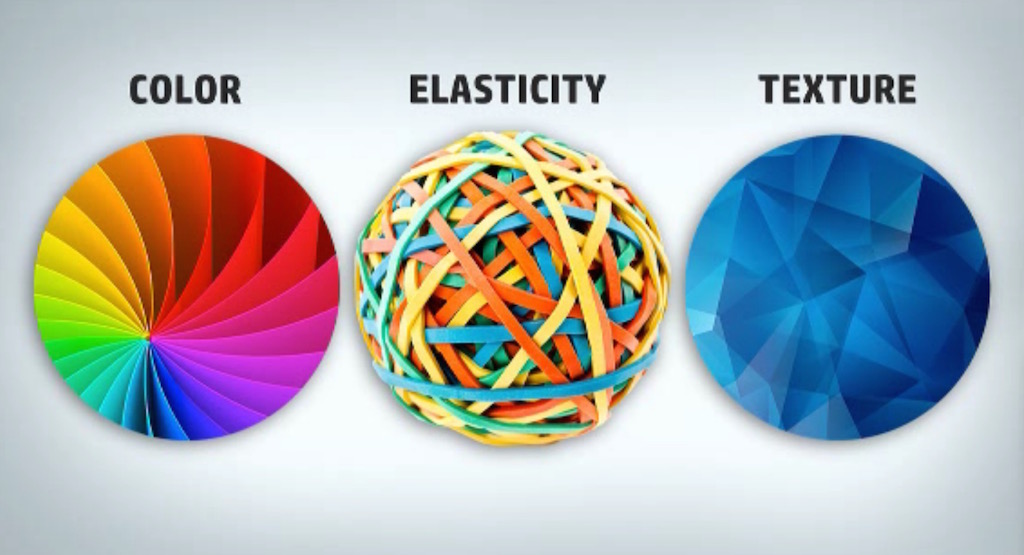
HP did not say much about the material used in the new printer, but indicated they were working on a variety of substances to provide full color capabilities, elasticity and textures. They also pledged to work with third parties to develop new and unique offerings.
HP didn’t specify any statistics, but they demonstrated the strength of a printed part by hoisting an automobile (apparently belonging to one of their staff) aloft with a crane, held up only by a single 3D printed link. The car survived.
The as-yet unnamed prototype machine was shown (in image above) and it was clearly targeted at manufacturing users – not consumers. HP hinted this machine could be used for producing production parts at volume, but this remains to be proven.
HP had little more to say about their 3D printing technology and we’re left with a number of questions:
- How are prints finished? Do you require special equipment, post-printing infusions, or curing?
- How safe is the fine powder material? Will we require air-sealed environments to use the new process?
- What is the cost of the materials?
- When will this technology be available? (Rumors are 2016, with testing for some users in 2015)
- How much does the machine cost? (Rumors indicate something in the $150-200K range, but no official word from HP)
- Finally, what is the name of the machine?
Our position is that the new process looks incredibly promising and could potentially solve the “three problems”. HP is a very large enterprise with significant ability to follow through on this project, but we need to see more details on Multi Jet Fusion to answer questions of practicality. Those answers will come, but apparently not today.

